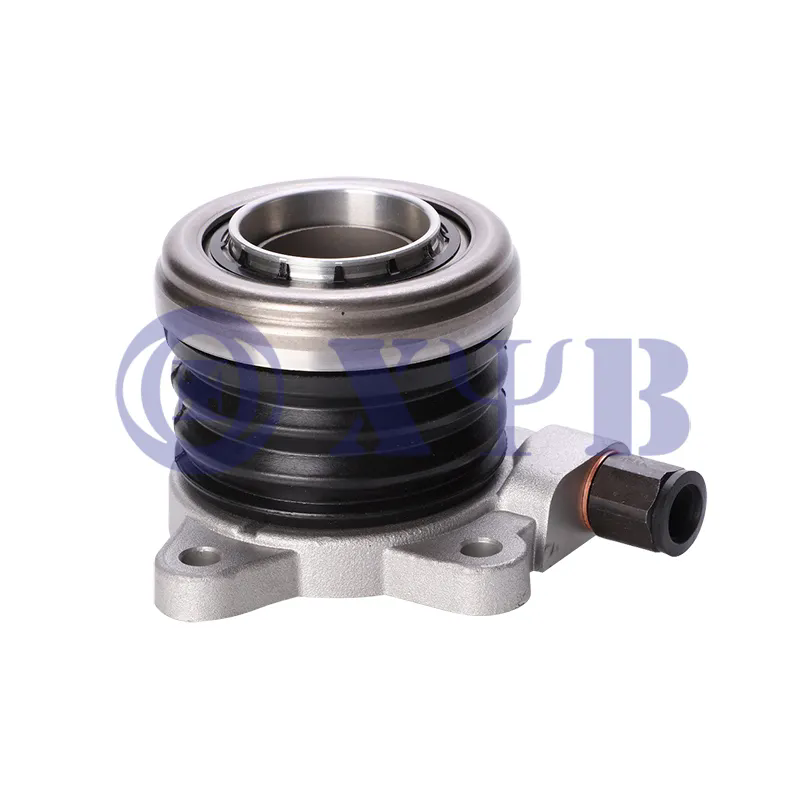Automobile Clutch Parts: Understanding Their Role and Importance in Vehicle Performance
2024-10-18
The clutch system in a vehicle plays a crucial role in ensuring smooth and efficient operation of the engine and transmission. Whether you're driving a manual or an automatic vehicle, understanding automobile clutch parts can help you appreciate how your vehicle operates and the importance of maintaining these components for optimal performance. In this blog, we'll delve into the various clutch parts, their functions, and the significance of regular maintenance.
What is an Automobile Clutch?
The clutch is a mechanical device that engages and disengages the engine from the transmission. In simpler terms, it allows the driver to control the power transfer from the engine to the wheels. When the clutch pedal is pressed, it disconnects the engine from the wheels, allowing the driver to change gears without damaging the transmission. When the pedal is released, the clutch re-engages, allowing power to flow from the engine to the wheels.
Key Components of the Clutch System
Understanding the main parts of the clutch system is essential for both vehicle owners and those interested in automotive mechanics. Here are the key components:
1. Clutch Pedal
The clutch pedal is located to the left of the brake pedal in manual transmission vehicles. When pressed, it disengages the clutch, allowing the driver to shift gears smoothly.
2. Clutch Master Cylinder
This hydraulic component converts the force exerted on the clutch pedal into hydraulic pressure. The master cylinder is filled with brake fluid, which helps to transfer this pressure to the slave cylinder.
3. Clutch Slave Cylinder
The slave cylinder receives the hydraulic pressure from the master cylinder and pushes the clutch fork, which then disengages the clutch. This component is crucial for the proper functioning of the clutch system.
4. Clutch Fork
The clutch fork is a lever that engages or disengages the clutch. When the slave cylinder pushes it, the fork moves the release bearing away from the clutch pressure plate, allowing for a smooth gear change.
5. Pressure Plate
The pressure plate is a crucial component that applies pressure to the clutch disc when the clutch is engaged. It ensures that the clutch disc is pressed tightly against the flywheel, allowing power transfer from the engine to the transmission.
6. Clutch Disc
Also known as the clutch plate, this component is located between the pressure plate and the flywheel. It engages with the flywheel when the clutch is engaged, transferring power from the engine. When the clutch pedal is pressed, the disc is disengaged, allowing for smooth gear shifts.
7. Flywheel
The flywheel is a heavy metal disc attached to the engine's crankshaft. It stores rotational energy and helps maintain a smooth engine operation. The clutch disc engages with the flywheel when the clutch is engaged, allowing for power transfer.
The Importance of Clutch Maintenance
Regular maintenance of clutch components is essential for ensuring optimal vehicle performance and preventing costly repairs. Here are some reasons why clutch maintenance matters:
1. Prevents Slipping
A slipping clutch occurs when the clutch disc fails to engage fully with the flywheel. This can lead to decreased engine power and poor acceleration. Regular inspections and timely replacements of worn-out parts can prevent slipping.
2. Enhances Performance
A well-maintained clutch system contributes to smoother gear shifts and improved vehicle performance. This enhances the overall driving experience and ensures your vehicle operates efficiently.
3. Extends Component Lifespan
Regular maintenance helps identify potential issues before they escalate. This can significantly extend the lifespan of clutch components and save you money on premature replacements.
4. Improves Safety
A malfunctioning clutch can compromise vehicle safety by affecting your ability to control acceleration and braking. Ensuring your clutch system is in good condition enhances driving safety.
Signs of Clutch Problems
Being aware of the warning signs of clutch issues can help you address problems early. Common symptoms include:
- Slipping Clutch: If your engine revs without an increase in speed, it could indicate a slipping clutch.
- Difficulty Shifting Gears: If you experience resistance or grinding noises when shifting gears, it may be a sign of a worn-out clutch.
- Unusual Noises: Grinding, rattling, or squeaking noises when engaging or disengaging the clutch can indicate issues with the pressure plate or release bearing.
- Spongy or Sticking Clutch Pedal: A clutch pedal that feels soft, spongy, or sticks to the floor may indicate a hydraulic problem or worn components.
Conclusion: The Backbone of Vehicle Performance
Automobile clutch parts play a vital role in the overall functioning and performance of your vehicle. Understanding these components and their functions can help you appreciate the engineering behind your car and the importance of regular maintenance.
By staying attentive to your vehicle’s clutch system, you can ensure smooth gear shifts, enhance performance, and prolong the lifespan of your vehicle's components. Whether you're a car enthusiast or simply a daily driver, taking care of your clutch system is key to enjoying a safe and comfortable driving experience.



